One of the most loved Android phones and certainly the most long-lasting – the Google Nexus One – looks to finally have a worthy successor in the Samsung-made Galaxy Nexus out in Singapore in January 2012.
For a long time, the Nexus One’s sleek lines, zippy performance and first access to the latest Google Android OS releases have made it a phone to cherish for folks who bought it when it first hit the stores about two years ago.
Since then, brighter and better screens, as well as dual-core chips and faster graphics processors have appeared on newer gizmos, but the Nexus One’s basic design and simple Android OS without any third-party manufacturer add-ons still kept it a favourite among Android geeks.
In the Galaxy Nexus, they will find a worthy upgrade. The Nexus model immediately after the Nexus One, the Nexus S made by Samsung last year, was interesting, but it didn’t feel as slim, as sturdy or as much of an upgrade to the original.
The Galaxy Nexus brings to the table the latest 1.2GHz dual-core chip and 1GB RAM for faster processing and a large 4.65-inch screen and bright Super AMOLED screen, so hardware is top-notch and up to date.
Immediately, the difference between the Galaxy Nexus and Nexus S is obvious, during a quick hands-on I had just now with the media here in Jakarta with a Samsung show-and-tell.
The newer model, unveiled about three weeks ago, feels sturdier with the textured plastic backing and the large screen doesn’t make the phone that much bigger because of the extremely slim edge. In fact, placing it next to my Galaxy S II which comes with a 4.3-inch screen makes me feel that the bigger phone isn’t that much bigger after all. It certainly fits into a jeans pocket easily.
Note too that the Galaxy Nexus’ screen is slightly curved, like with the Nexus S, but this time, the less chunky frame makes things look even sleeker and the contour easily fits your face better than a flat slab of metal, plastic and glass.
What’s perhaps more impressive is that the screen remains sharp despite being bigger, because Samsung has packed in more pixels with the 1,280 x 720 resolution that it supports. Just in case you’re thinking things will look blurry with patched up pixels, the latest Nexus will have none of it.
How does the onboard Super AMOLED display compare to the Galaxy S II’s supposedly superior Super AMOLED plus? I’d have to say it’s hard to tell in everyday use. If you care to compare, then perhaps the Galaxy S II’s screen might seem a wee bit brighter, but that’s if you are looking at them side by side – the new phone’s screen is mighty bright in any case and the difference is small, in my view.
Of course, you can’t talk about the Galaxy Nexus without talking about the star of the show – Google’s new Android 4.0 or Ice Cream Sandwich operating system.
There is no fancy “personal assistant” here that only understands certain accents, but instead you’d find really useful day-to-day improvements like a face recognition feature that lets you unlock the phone by simply staring at the camera.
The useful features extend to Gmail, which lets you get a quick glimpse of your e-mail message through a new two-line preview, instead of the current one-liner which doesn’t say much.
There are a good number of other features, like shared bookmarks with your PC’s Google Chrome browser, as well as a mobile browser that lets you easily specify that you want to view pages in desktop mode instead of a stripped down mobile version.
Fortunately, the extra features, from what I can see, doesn’t force a hit on performance. I swiped through the screens, with loads of apps running in the background, as well as Ice Cream Sandwich’s new animations turned on, and didn’t detect a slowdown.
What I think the new OS could have improved on is its looks. They are a little spartan, even if you prefer the simpler “pure” Google experience without third party add-ons. In a strange way, the super efficient, super clean look even reminds me of Windows Phone. This is not a bad thing – just that I had hoped Google would have gone for a fancier interface.
So, how does the phone compare to what’s already out there?
First, let’s compare with the Galaxy S II, Samsung’s flagship Android phone. The main thing here, on paper, is the screen size. But if you put them side by side, you’d realise they are not that different, because the larger screen on the Galaxy Nexus includes the soft keys – back, home and context – which are separate hard buttons on the Galaxy S II.
A couple of things that the Galaxy S II has that its newer rival doesn’t is 1) a micro SD card slot for adding more storage (the Galaxy Nexus comes with only internal 16GB or 32GB storage) and 2) an 8-meg camera over the 5-meg one on the newer model.
To be fair, hardware is not everything. When it comes to the new OS, obviously the S II doesn’t have the updated goodies from Google and it would always be slower than the Google-branded model in receiving future updates.
We don’t know for sure when Android 4.0 is coming to the S II – it’s unlikely Samsung would jeopardise the sales of the new model by pushing out the update earlier than the first quarter of 2012.
How does the Galaxy Nexus compare with Windows Phone models, like Nokia’s Lumia 800? Very well in terms of hardware and design, but the Lumia 800 perhaps has an edge in some areas, thanks to Microsoft’s innovations.
These include a seamless People feature that lets you see what your friends are up to on Twitter and Facebook, SMS conversations you have with them and photos you have shared. This is an integral feature built into Windows Phone that works a wonder, so there’s noneed to search for an app to look these details through.
Google has copied that somewhat with a People app for its new OS, but this still requires you to fire up a separate app. The most popular smartpone OS now, Android has been tried and tested by many users, but it certainly is not always an innovator in some of the latest “smart” features.
And finally, what of the iPhone? Apple’s dated-looking iOS and underwhelming iPhone 4 S will be hardly a fight for the Android 4.0 Galaxy Nexus. Whether this is in hardware (screen size and brightness) or software (true multi-tasking AND speed with Android), the Galaxy Nexus wins clearly.
The main sticking point for me is Samsung’s steep asking price of S$948. I already hear grumblings from some friends who have been waiting a long time to upgrade from a Nexus One to the Galaxy Nexus, though I suspect some of them will still end up forking out the cash for a phone that could last just as long as the Nexus One did.
Some users have held on to that defining gizmo for almost two years now. Just like the Nexus One, the Galaxy Nexus could enjoy the same geeky niche following and perhaps even convince more mainstream users now that Android is not just a “challenger” OS but the leader.
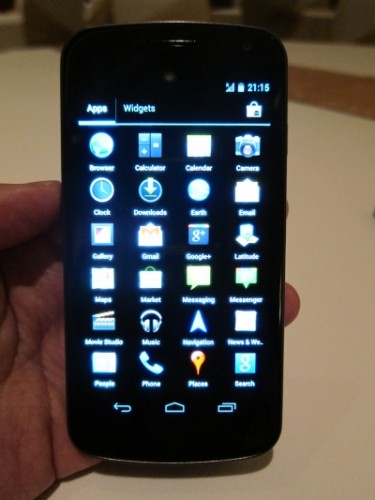
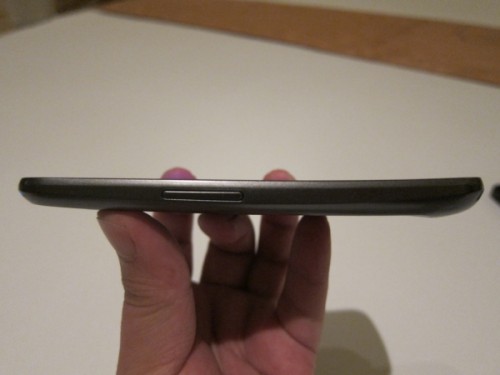
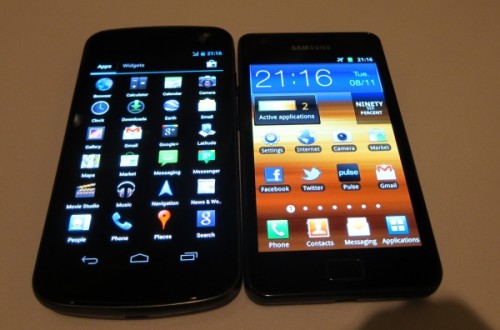
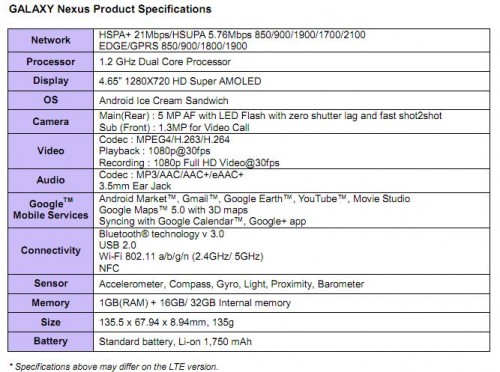
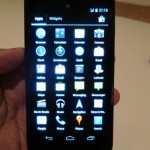
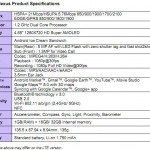
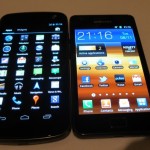
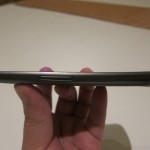
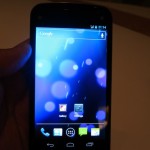
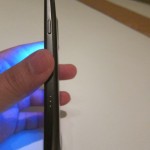
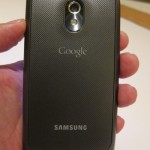
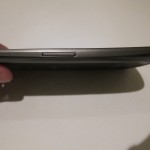





Hi Alfred,
Planning to visit Singapore January next year. Any shop/stores recommendations on where can i get the Galaxy Nexus?
thanks
Hi dino, I think if the stocks arrive on time, you should be able to find it probably at one of the stores at the IT mall here – Funan DigitaLife Mall http://www.funan.com.sg/
Thanks! Been holding off my next purchase for this one. Hope it doesn’t disappoint 🙂
What do you say, a 4.65″ Nexus for $948 or a 5.3″ Galaxy Note for $998?
I’d go for the Nexus! The Note is a pen-based device with a bigger screen and Android 2.3. Not so much my cup of tea. 🙂
ICS is tempting indeed, I think I will wait a while.
You sort of hinted at it, but can you tell us whether the scrolling and swiping is as smooth as the iPad’s? It’s laggy in my Huawei MediaPad despite a dual-core 1.2Ghz.
TBH I had no issues with the performance. My old Nexus One was still fast while running Gingerbread – until it unfortunately got soaked in some seawater in Bali. The new Nexus runs smoothly, from what I have seen. 🙂
I’ve just about managed to convince myself to wait for ICS update to Galaxy Note – best of both worlds!
And less spending during the end year shopping season too… 🙂